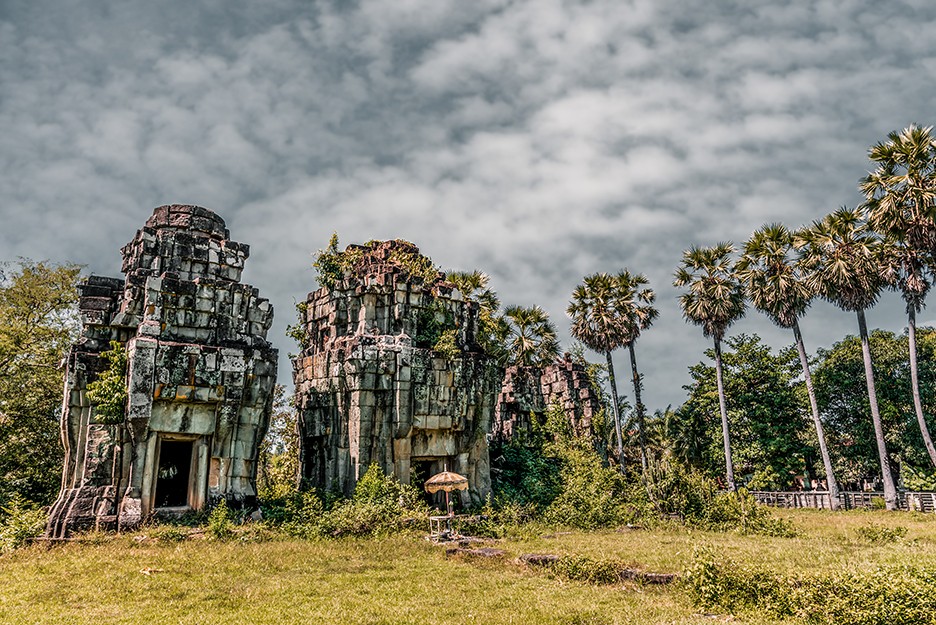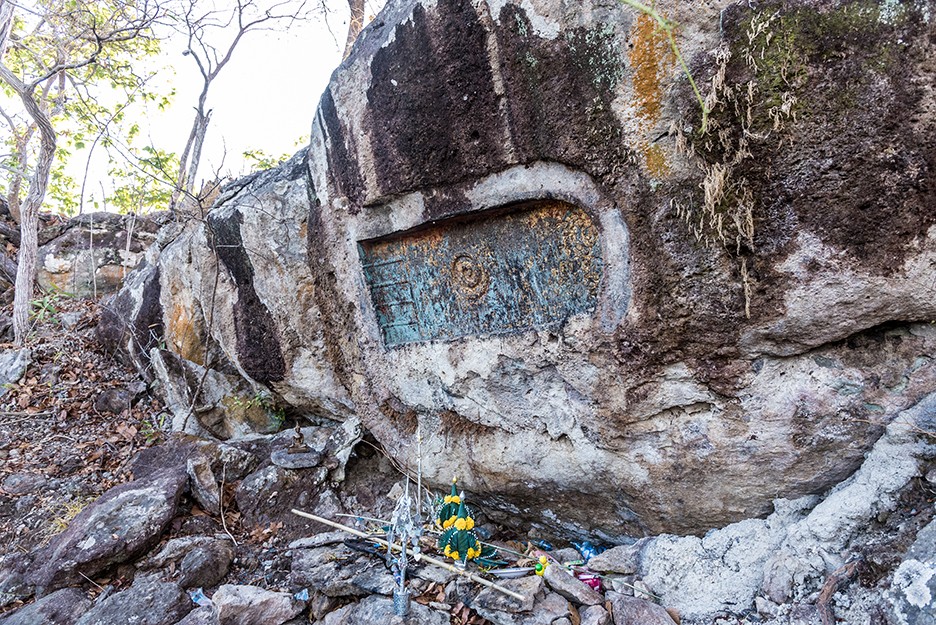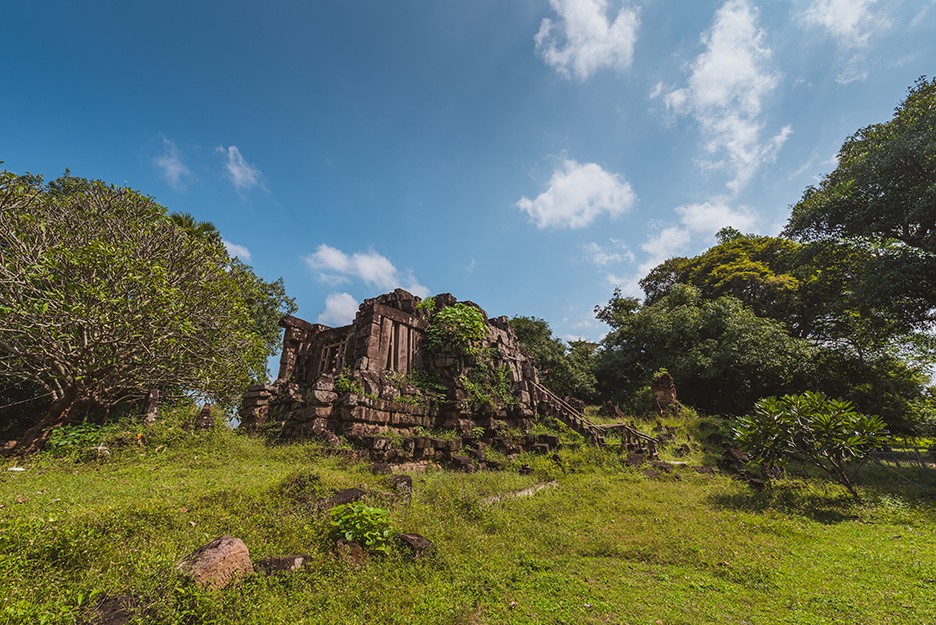
在巅峰时期,将近1000年前,古代高棉帝国统治了东南亚大部分地区。在这个帝国崩溃后,新的权力中心涌现在原高棉领土和建筑之上,将它们融入新的王国、宗教和用途之中。
老挝许多尚存的高棉建筑并未经过太多修复或恢复,因此访问它们可能会有一定困难,但值得付出努力,以站在来自另一个时代的建筑物中。


Wat Phou
占巴塞省
琅勃拉邦府的瓦普寺是老挝的第二个联合国教科文组织世界文化遗产地,坐落在一个形状酷似林迦的圣山的阴影下,林迦象征着印度教神祇湿婆。这座寺庙可以追溯到11世纪至13世纪之间,几个世纪以来一直受到印度教、佛教和万物有灵论者的崇拜。它直到19世纪60年代,法国人在探索湄公河时才引起西方人的注意,发现了它的美丽。在东南亚的荒野中发现这种丛林纵横的艺术品肯定是非常令人兴奋的。由于梯田和布局,以及丛林中的树木、草地和花朵,现代朝圣者无法一次窥见整个遗址。每一步都像是展开的,当游客向主要神殿攀升时,景观逐渐呈现在他们眼前。

Wat Tomo
占巴塞省
位于湄公河对岸的占巴塞省,瓦东莫寺是瓦普寺的女性对应物。坐落在一个森林地区,这座寺庙稍小且修复较少。游客来到这里时通常是唯一的,给人一种真正的探险感。寺庙的门窗上还留有一些精美的雕刻,为拍照提供了绝佳的机会。

That Sam Pang
占巴塞省
这个古代通往吴哥的古道上的又一站,这个遗址很不寻常,因为它由三座状态相当良好的佛塔组成。佛塔(在高棉语中称为"prang")是大多数古代高棉建筑中常见的一种石制佛塔。由于道路崎岖不平,仍然有一些石雕和铭文供勇敢的四驱车游客参观,但要有四驱车才能进入这里。

Phou Asa
占巴塞省
虽然不完全是一座高棉建筑,但这座建筑的平面图可能受到了印度的启发。可以追溯到19世纪,关于谁建造了这座由108根扁平石柱支撑的建筑存在许多传说。它是某位地方酋长的宫殿还是堡垒?还是某个巨大宝藏的藏匿之处?来看看,并制定您自己的理论。

Hong Nang Sida
占巴塞省
距离瓦普寺徒步约半小时的路程,位于连接这个地区与吴哥的皇家道路上,有一座小型的南希达皇宫。目前仍在研究中,其文物正在进行保护和修复。这座建筑以拉玛雅拿古罗马史诗中的女英雄南希达而得名。

Heuan Hin
色瓦纳贡府
在老挝被称为“石屋”,实际上是大约1000年前由柬埔寨吴哥大城的建筑师贾瓦尔曼七世所建的休息之地。不幸的是,高棉人创造的雕刻楣梁和其他装饰大多被破坏者、殖民者和时间所消逝。这个遗址位于离色瓦纳贡府大约40公里的地方。
文字由 Jason Rolan
摄影由 Phonesavanh Chanthavong


